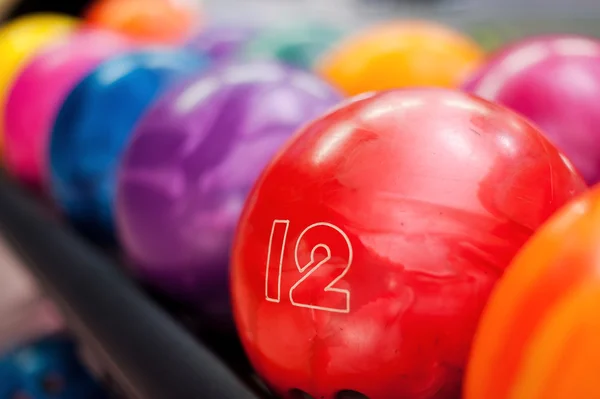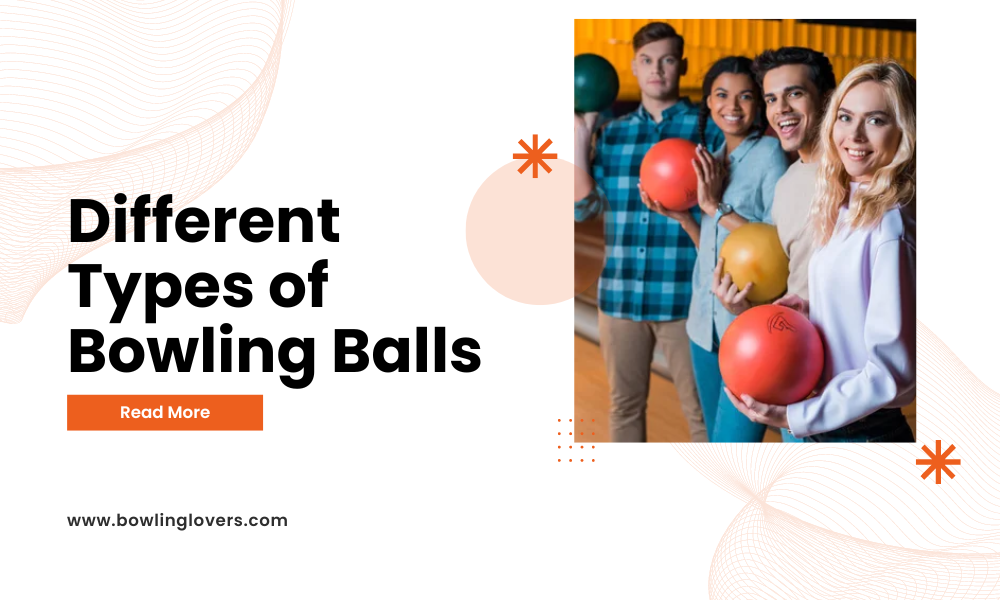Bowling balls are an essential component of the sport, and selecting the right one can have a significant impact on your game.
With the numerous types of bowling balls available in the market, it can be challenging to determine which one is right for you.
In this article, we’ll cover the different types of bowling balls to help you make an informed decision.
Introduction
Bowling balls come in various types, each with distinct characteristics that make them suitable for different bowlers and lane conditions. When selecting a bowling ball, it’s essential to consider factors such as your skill level, playing style, and the lane conditions you’re playing on.

Polyester Bowling Balls
Polyester bowling balls are the most basic type of bowling ball and are ideal for beginners. They’re affordable, lightweight, and have a plastic coverstock, making them perfect for straight shots. However, polyester bowling balls don’t provide much hook potential, making them unsuitable for more experienced bowlers.
Urethane Bowling Balls
Urethane bowling balls have a softer coverstock than polyester balls, providing more hook potential. They’re suitable for bowlers looking to improve their game and have better control over their shots. Urethane balls are also ideal for playing on dry lanes and are more durable than polyester balls.
Reactive Resin Bowling Balls
Reactive resin bowling balls are the most popular type of bowling ball among professional bowlers. They have a reactive coverstock that creates friction with the lane, resulting in greater hook potential. Reactive resin balls are suitable for bowlers with moderate to advanced skills and can adapt to different lane conditions.
Particle Bowling Balls
Particle bowling balls have a unique coverstock that includes microscopic particles of varying materials, such as glass or ceramics. This type of bowling ball provides an increased level of hook potential and is suitable for experienced bowlers who require more control over their shots. Particle bowling balls can be expensive, but they offer a high level of performance.
High-Performance Bowling Balls
High-performance bowling balls are the most advanced type of bowling ball. They have a reactive coverstock with an intricate core design, providing the highest level of hook potential and control. High-performance balls are suitable for professional bowlers and those competing in tournaments. They’re also the most expensive type of bowling ball.
Plastic Bowling Balls
Plastic bowling balls are similar to polyester bowling balls, with a plastic coverstock. However, plastic balls are more durable than polyester balls and can withstand higher levels of friction. They’re ideal for playing on extremely dry lanes, and they’re affordable, making them suitable for beginners.
FAQs
- What’s the difference between a plastic and reactive resin bowling ball?
Plastic bowling balls are a good option for beginners or straight bowlers, as they tend to go straight with minimal hook potential. Reactive resin balls, on the other hand, are designed to hook and provide more power and pin action. They’re a better choice for advanced bowlers or those looking to enhance their game.
- Can I use any type of bowling ball for any lane condition?
No, different lane conditions require different types of bowling balls. For example, dry lanes require a ball with a higher level of friction to gain traction and hook potential, while oily lanes require a ball with a lower level of friction to reduce hook potential and maintain control.
- What’s the difference between a symmetric and asymmetric bowling ball?
Symmetric balls have the same size and shape of weight blocks on either side of the ball’s center, while asymmetric balls have weight blocks of different sizes and shapes on either side. Asymmetric balls tend to provide more hook potential and angle of entry into the pocket, making them popular among advanced bowlers.
- Can I use a spare ball for strikes?
Spare balls are designed to go straight and are not intended for strikes. Strike balls are designed to hook and create an angle into the pocket, while spare balls are meant to
minimize hook potential and go straight to pick up spares.
- Are there any regulations on the weight and size of bowling balls?
Yes, according to United States Bowling Congress regulations, the maximum weight of a bowling ball is 16 pounds, and the maximum diameter is 8.5 inches. It’s important to choose a ball that fits comfortably in your hand and is within these regulations to avoid disqualification during competition.
Conclusion
In conclusion, selecting the right bowling ball can have a significant impact on your game. Each type of bowling ball has unique characteristics that make them suitable for different skill levels and lane conditions. Whether you’re a beginner or a professional bowler, it’s essential to choose the right type of bowling ball to improve your game.

